Shitsurindo and ZOZO NEXT Launched Collaborative Research on New Lacquer Techniques
KOGEI Topics VOL.19
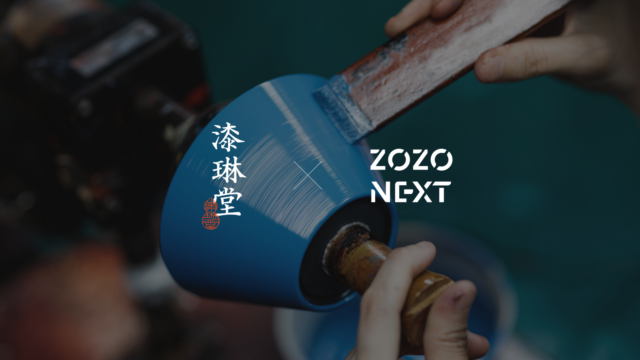

VOL.1-19
Update
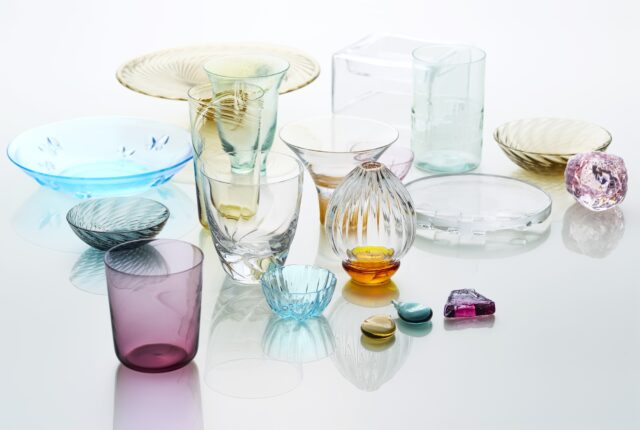
VOL.1-17
Update
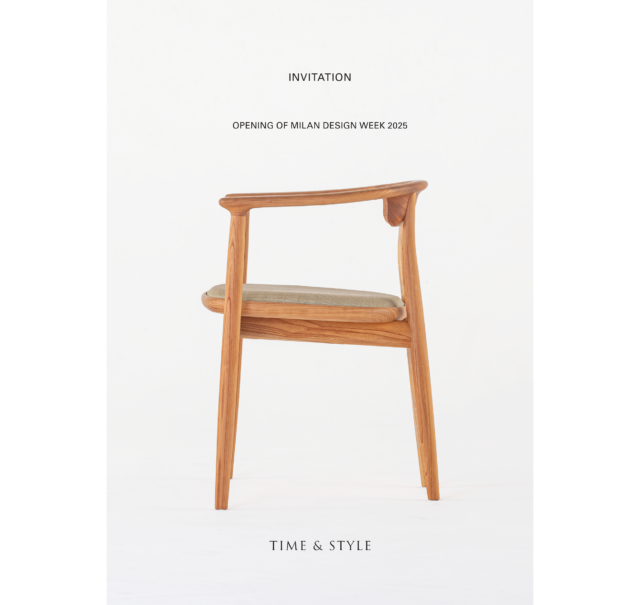
VOL.1-43
Update

VOL.1-2
Update
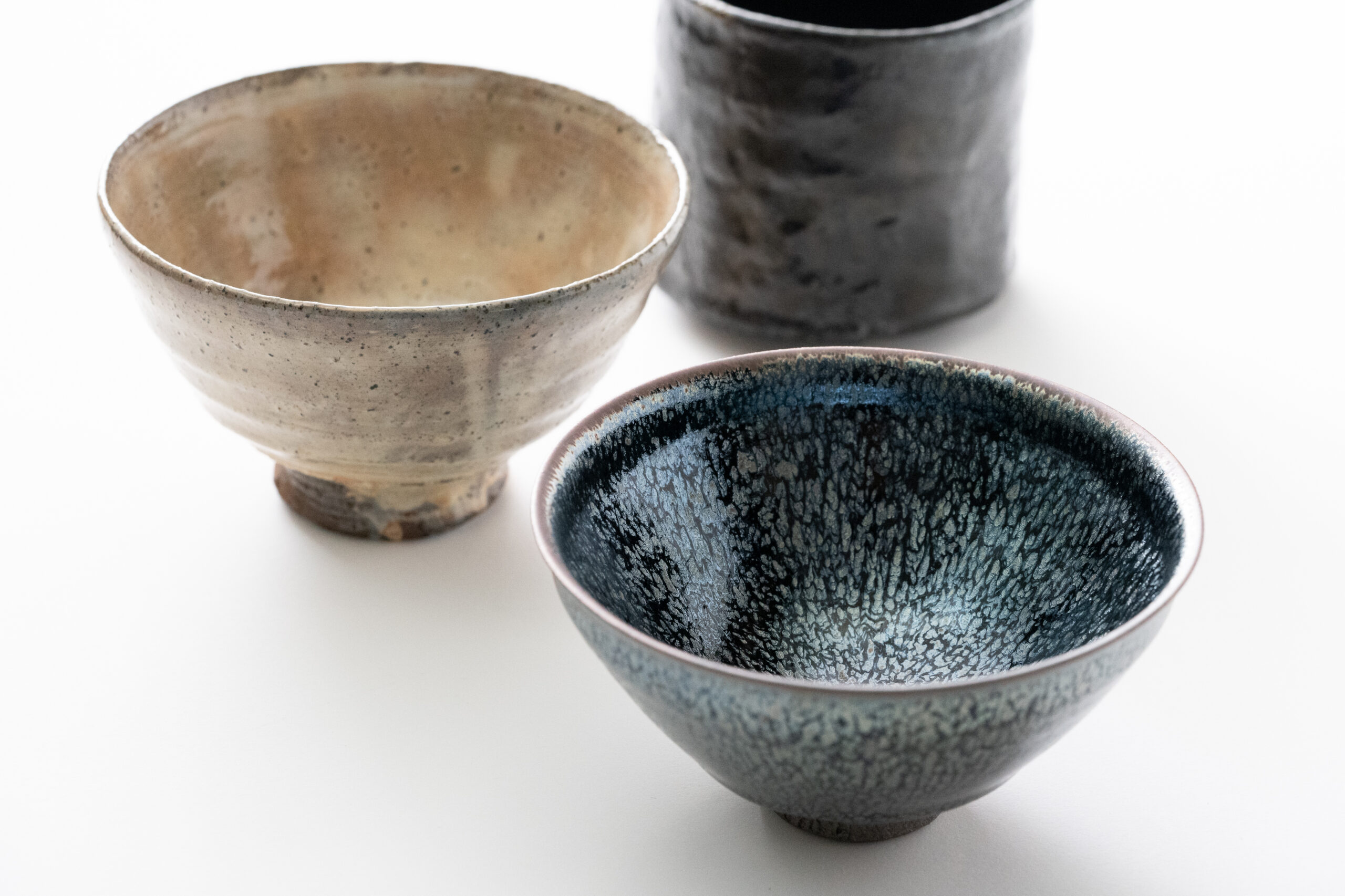
VOL.1-3
Update

VOL.1
Update
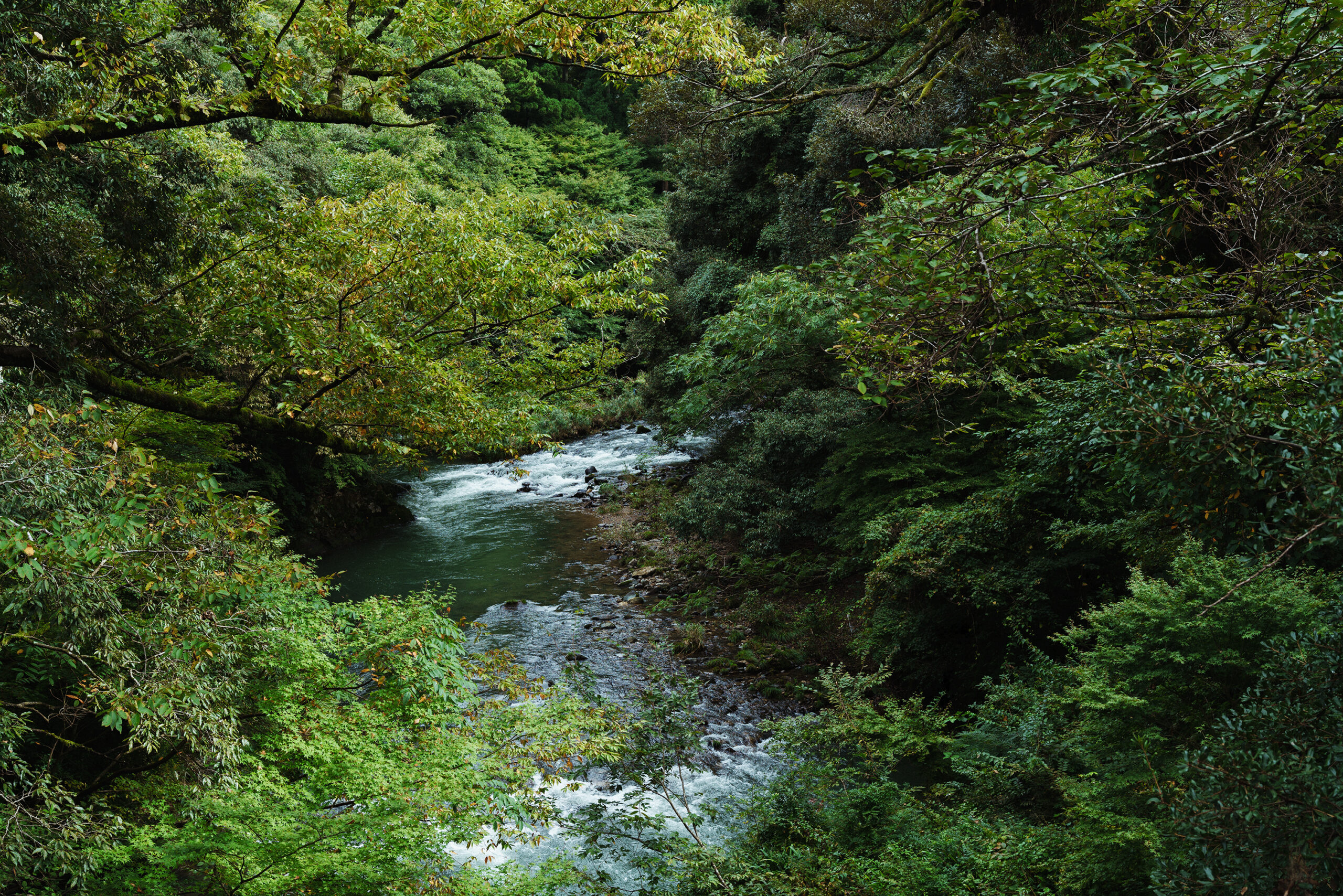
VOL.1-7
Update
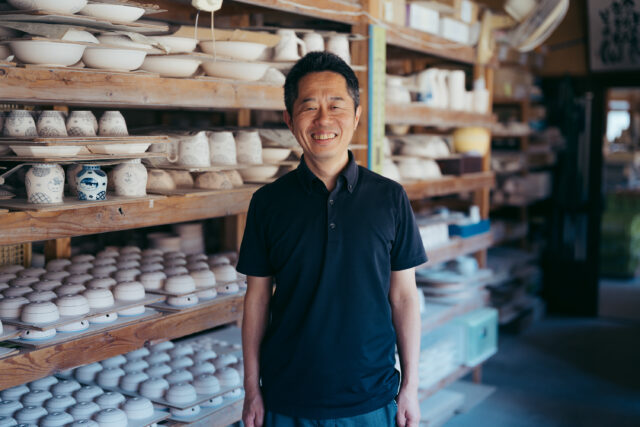
VOL.1-32
Update

VOL.1-26
Update
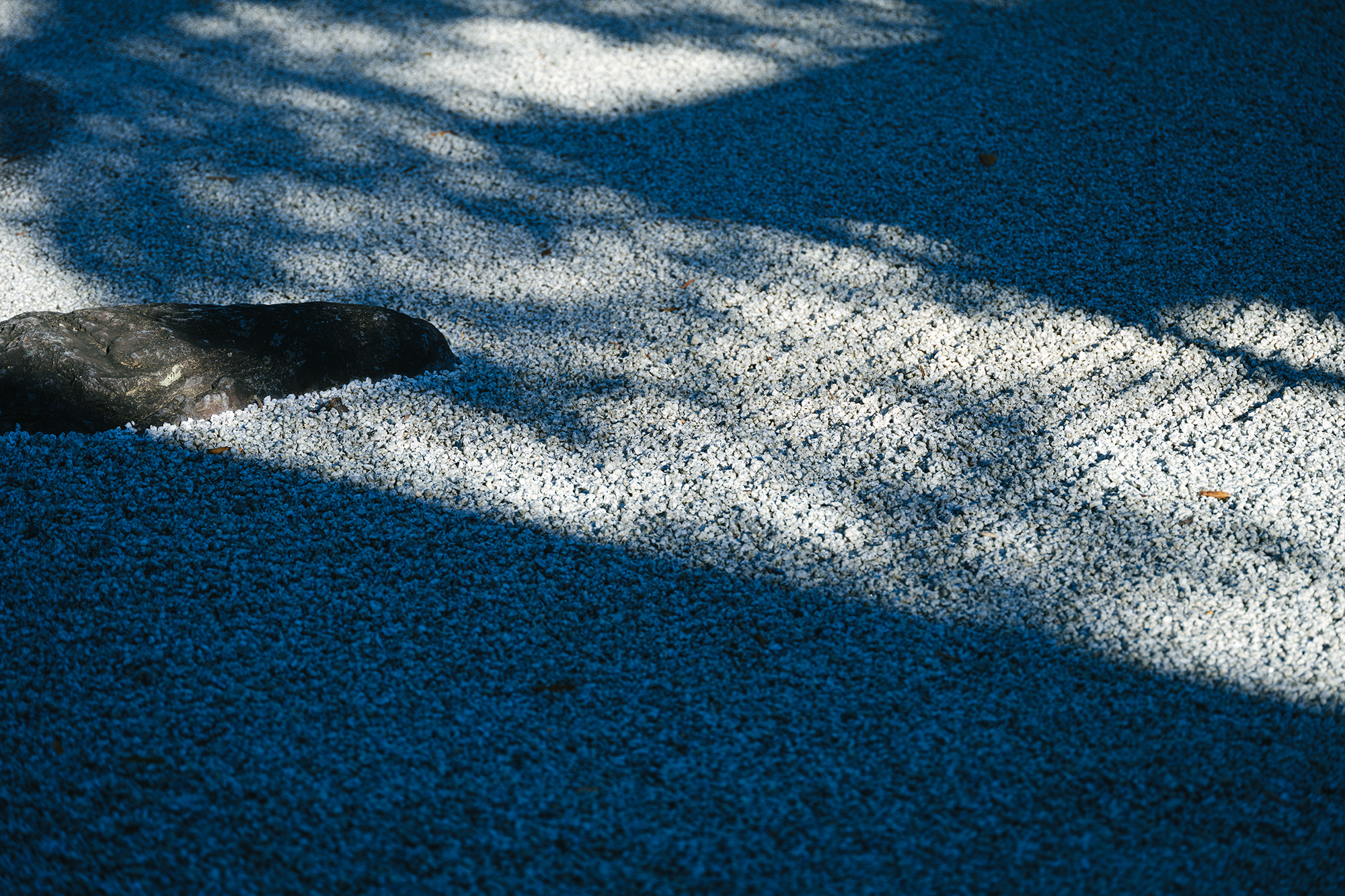
VOL.1-12
Update
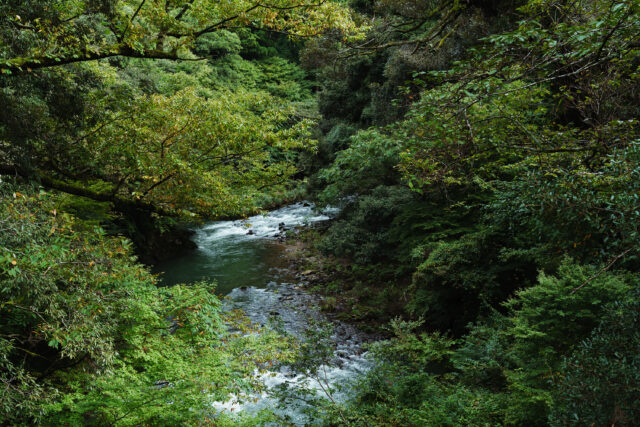
VOL.1-3
Update
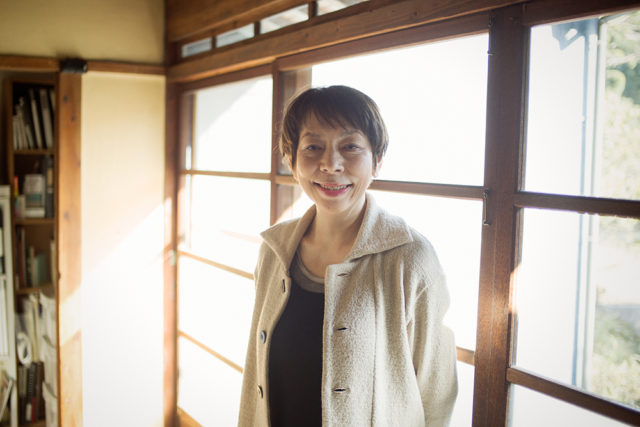
VOL.1
Update
We share a variety of information and perspectives on Japanese crafts, including exhibition information and interviews.
KOGEI Topics VOL.19
New Products VOL.17
Featured Exhibitions & Events VOL.43
KOGEI Topics VOL.18
Apr 5 – Jun 22, 2025
SEIKADO BUNKO ART MUSEUM
Apr 8 – May 6, 2025
The Gotoh Museum
Apr 11 – Jun 15, 2025
Kyoto City KYOCERA Museum of Art
Apr 12 – Jun 29, 2025
TOGURI MUSEUM OF ART

Following a period when Chinese and Korean tea bowls (Karamono chawan and Korai chawan, respectively) were highly valued, Japan began to produce its own tea bowls for the tea ceremony. This marked the birth of Japanese tea bowls (Wamono chawan). From their origins in Seto (Aichi Prefecture) and Mino (Gifu Prefecture), these tea bowls spread to various regions, each influencing one another in terms of trends and techniques, leading to the creation of tea bowls with diverse and unique characteristics. In this chapter, we will explore the various tea bowl production areas in Japan and their distinctive features.
The Nobori-gama climbing kilns of Karatsu spread to areas like Imari, Arita, Ureshino, and even to Mino, which had initially influenced Karatsu. Shigaraki and Bizen, known for their unglazed yakishime style, began producing tea bowls around the 17th century. However, these bowls were not made in the yakishime style; instead, they incorporated the trends of Mino ware, resembling Shino and Oribe styles. The techniques of kiln construction, primarily starting from the west with Karatsu, interacted with the trends in form coming from the east, fostering the diversity of tea bowls.
During the Edo period (1603-1868), the number of kilns increased significantly, and Kyo ware, produced in Kyoto, gained prominence. This era saw the emergence of tea bowls decorated with colorful motifs, creating a vibrant and distinct presence in the market.
So far, we have explored the history of tea bowls, their various parts, their regions of production, and their characteristics. However, the most important aspect of appreciating tea bowls is indeed using them.
Soetsu Yanagi, in his book Tea and Beauty, states: “Viewing brings joy. But the joy of using is even deeper. There is no time when an object shows its most beautiful appearance more than when it is in use.”
Even though tea bowls have a singular purpose, to drink tea, their individual characteristics are diverse. You may choose one based on how well it fits your hand in terms of texture and size. Even if it is not a new tea bowl, making tea in a bowl you already have can sometimes surprise you with its fresh expression, as the vibrant green of the tea adds a new dimension to its beauty. This is a unique charm of bowls used in the practice of tea.
A tea bowl is the vessel in which a cup of tea is served and consumed. Through handling and using it time after time, the tea bowl accumulates stories and grows richer in character.
Written by Fumiko Tokimori
References
– Tea Bowls of the Tea Ceremony, Volume 3: Japanese Tea Bowls I. (Tankosha)
– Tea Bowls of the Tea Ceremony, Volume 4: Japanese Tea Bowls II. (Tankosha)
– Tea Bowls of the Tea Ceremony, Volume 5: Raku Tea Bowls. (Tankosha)
– Yanagi, Soetsu. Tea and Beauty. (Kodansha)
Sources
ColBase: Integrated Collections Database of the National Institutes for Cultural Heritage, Japan
https://colbase.nich.go.jp/collection_items/tnm/G-5327?locale=ja
https://colbase.nich.go.jp/collection_items/kyohaku/G%E7%94%B2655?locale=ja
https://colbase.nich.go.jp/collection_items/tnm/G-74?locale=ja
